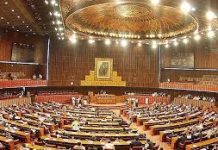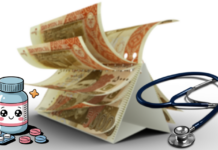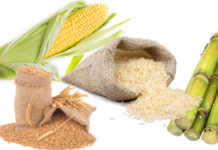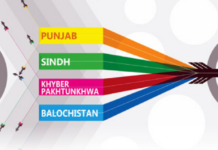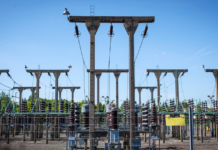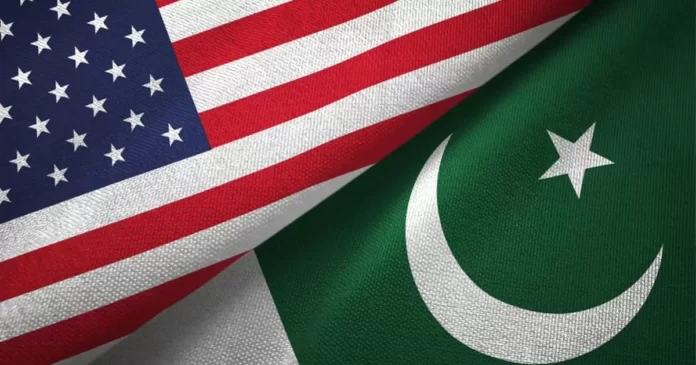The United States has lowered its reciprocal tariff rate on Pakistani goods to 19%, a reduction compared to the 20–25% tariffs imposed on regional competitors such as India, Bangladesh, Vietnam, and Sri Lanka. This move reflects the positive impact of Pakistan’s diplomatic efforts to secure more favorable trade terms and could offer a potential edge in the U.S. market.
However, industry leaders and economists caution that the reduction in tariffs may not lead to significant export gains unless Pakistan addresses ongoing structural challenges within the country. High input costs—driven by steep interest rates, expensive energy tariffs, and reduced export financing incentives—continue to undermine Pakistan’s competitiveness in global trade.
“The price of electricity remains the second-highest cost component after cotton in Pakistan’s textile production,” said Jawed Bilwani, President of the Karachi Chamber of Commerce and Industry (KCCI). Bilwani also expressed concerns about recent changes to the Export Finance Scheme (EFS), stating that restoring the scheme to its original form is crucial for sustaining textile exports.
Dr. Usama Ehsan Khan, Head of Research at the Policy Research and Advisory Council (PRAC), noted that while the U.S. tariff reduction helps maintain Pakistan’s market presence, high production costs prevent Pakistani goods from being price competitive. “The tariff cut helps retain volume in the U.S. market, but high production costs keep Pakistan’s export prices uncompetitive,” Khan explained.
Khan identified three key areas for immediate cost reduction: interest rates, power tariffs, and gas prices. The central bank’s policy rate remains high at 11%, well above the country’s inflation rate, which recently fell below the 5–7% target. “There’s room for Pakistan to bring interest rates into single digits,” Khan said, emphasizing that such a move could lower business costs, stimulate exports, and ease debt servicing. He added, “Every 1% cut in the policy rate reduces interest payments by Rs200–250 billion annually.”
Electricity tariffs for Pakistani exporters, currently around $0.16 per unit, are also substantially higher than those in competing countries, where rates range from $0.06 to $0.10 per unit. Khan suggested that lowering these costs could be achieved by shutting down expensive local plants and renegotiating contracts with foreign-owned independent power producers (IPPs). Similarly, gas tariffs, which remain burdensome for exporters, would need revision to improve Pakistan’s appeal as a manufacturing hub.
A joint PRAC and KCCI infographic comparing Pakistan’s input costs with regional competitors revealed additional challenges. Pakistan’s labor productivity, for example, stands at just $7.20 in GDP per hour worked, significantly lower than the $8.70–$18 range seen in peer countries, except Cambodia, which stands at $4.
As global trade dynamics evolve and buyers look for reliable, cost-effective sourcing destinations, experts stress that Pakistan must implement bold domestic reforms to capitalize on external trade opportunities like the U.S. tariff reduction. “Without reducing production costs, Pakistan risks missing out on the benefits of this hard-earned trade advantage,” Khan warned.




